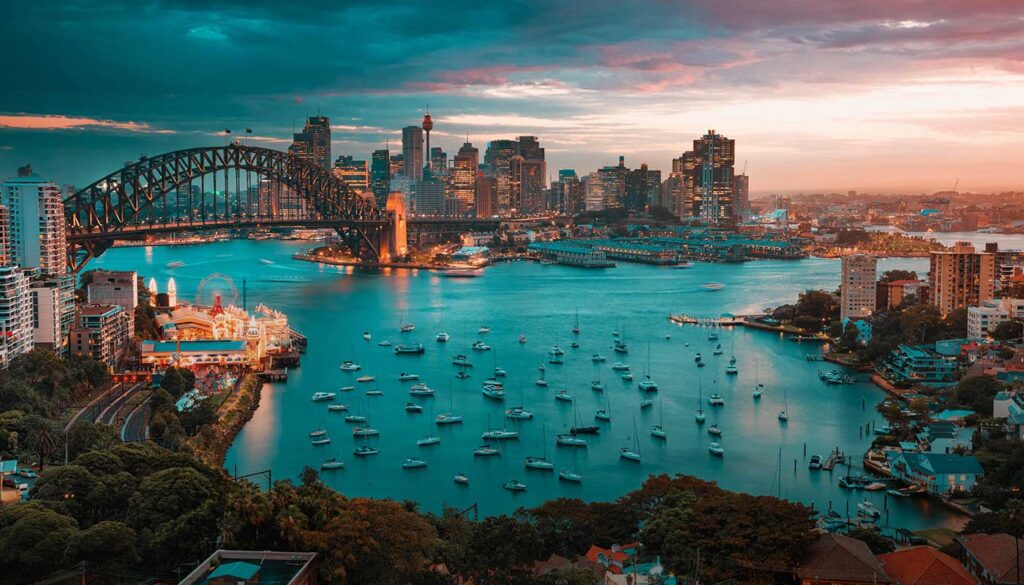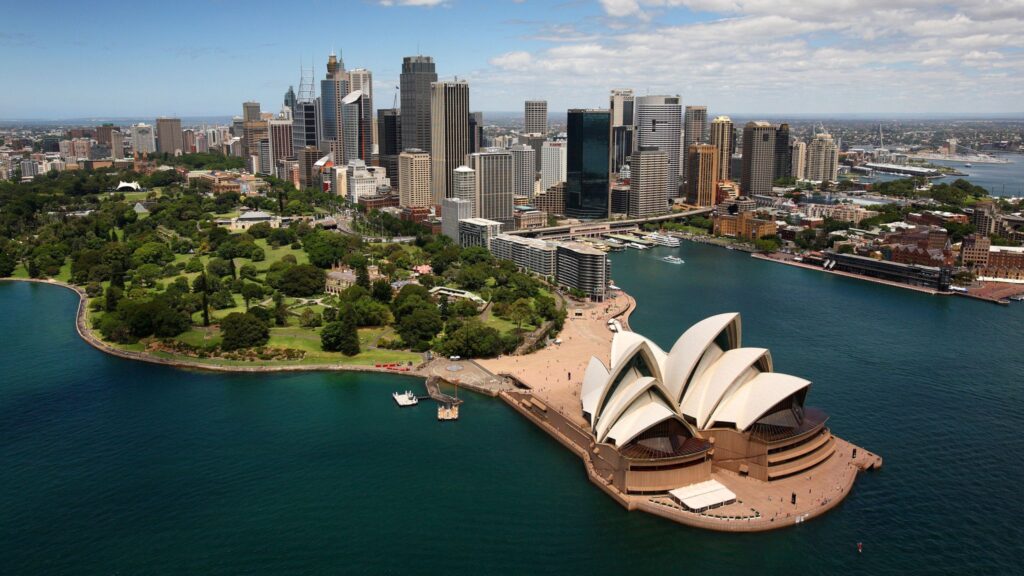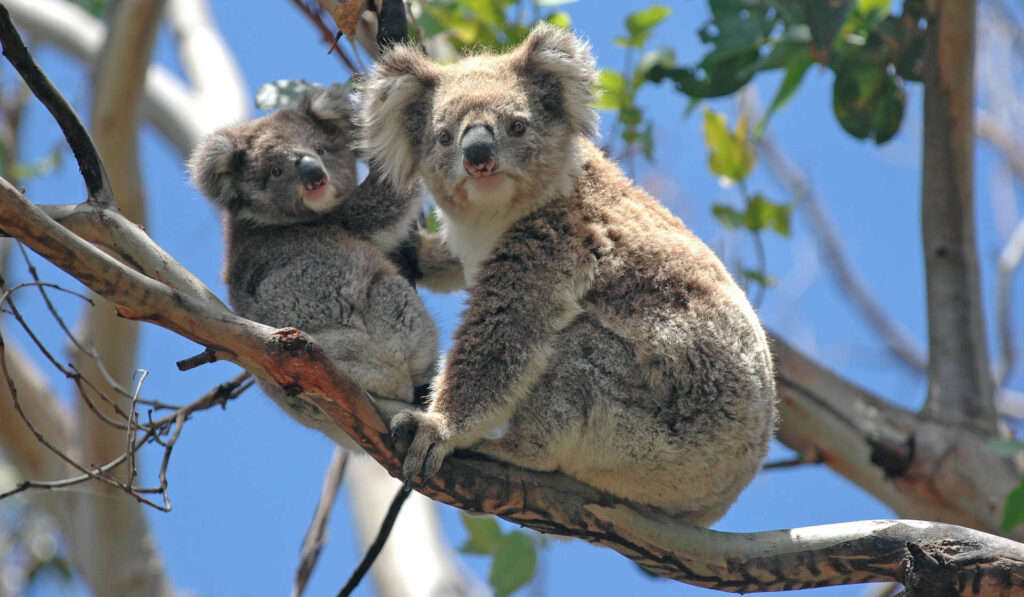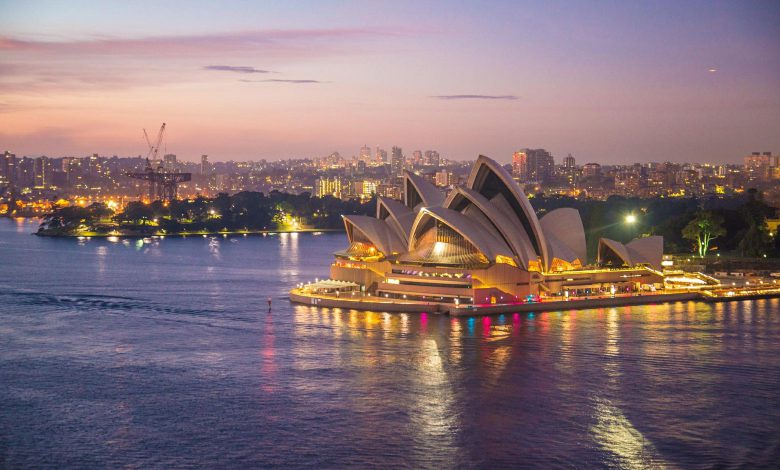The land of dreams, the world’s smallest continent and largest island. This vast country is vibrant, multicultural and full of spectacular scenery. Welcome to Australia. Join us as we discover the land Down Under. Misc. Travel Guide brings you the ultimate Travel Guide to Australia. More than most other developed countries. Australia seizes the imagination. For most visitors, its name is shorthand for an endless summer where the living is easy, a place where the adventures are as vast as the horizons and the jokes flow as freely as the beer. A country of can do spirit and easy friendliness. No wonder Australians call theirs the lucky country.

Australia is a land of staggering contrasts and spectacular beauty. Along the coast you can explore vibrant multicultural cities, vast sand islands, ancient rainforests, and one of the planet’s most awe inspiring natural wonders the Great Barrier Reef In the outback, rugged national parks and red earth deserts offer the ultimate in adventure travel. Top it all off with a laid back feel and friendly people. And it’s no wonder Australia scores top billing on bucket lists around the world. Sydney Opera House mentioned Sydney, Australia and most people think of the Opera House shaped like huge shells or billowing sails. This famous building on Sydney’s Bennelong Point graces the list of UNESCO’s World Heritage sites and is one of the world’s greatest architectural icons. Designed by Danish architect Jorn Eidson.

This World Heritage listed building is Australia’s most famous landmark. A 2004 renovation added walls of glass to the reception hall, offering visitors views of the harbor. In addition to the 1500 seat Opera House, the center features a concert hall and three other theaters, as well as multiple bars and restaurants. The Sydney Opera House welcomes millions of visitors from all over the world every year. Sydney Harbour Bridge. The iconic Sydney Harbour Bridge is both the main method of crossing the harbour and a travel destination for adventurous visitors. Rising 134 metres above the harbor, the bridge spans 500 metres, connecting Sydney’s north shore to the Central business district. It was completed in 1932, 40 years before the Sydney Opera House. Affectionately called the coat Hanger. This impressive feat of construction is one of the largest steel arch bridges in the world. One of the top things to do in Sydney is a guided ascent to the top of the bridge where you can enjoy spectacular views over the harbor and city. Great Ocean Road. Most top tourist destinations have spectacular driving routes. And for Australia, one of its best is the Great Ocean Road. It’s Australian National Heritage listed. The road stretches for 300 kilometres along Australia’s southeast coast between the Victorian cities of Torquay and Allens. Ford. Winding through varying terrain along the coast and providing access to several prominent landmarks, including the 12 apostles limestone stack formations. The road is an important tourist attraction in the region. Built by returned soldiers between 1919 and 1932 and dedicated to soldiers killed during World War One. The road is the world’s largest war memorial.

Melbourne City. Australia’s second largest city is a popular stop on many Australian itineraries, especially for culture, vultures, galleries, theatres, restaurants, shops and its distinctly European feel are the main draws of this sophisticated city on the Yarra River. It’s also a green city with parks, gardens and open spaces occupying almost a third of its total area. Highlights of the city include the Royal Botanic Gardens, the National Gallery of Victoria and the Melbourne Cricket Stadium. Stylish artsy. Melbourne is both dynamic and cosmopolitan, and it’s proud of its place as Australia’s sporting and cultural capital. Blue Mountains National Park. A UNESCO’s World Heritage site. Beautiful Blue Mountains National Park lies 81 kilometres west of Sydney and is a popular day trip from the city. Named for the blue haze emanating from the many eucalyptus trees. This stunning park protects more than 664,000 acres of wilderness and encompasses dramatic gorges, waterfalls, Aboriginal rock paintings and 140 kilometres of hiking trails. The most famous attractions in the park are the towering sandstone rock formations called the Three Sisters. Hiking, abseiling, rock climbing, mountain biking and horseback riding are all popular things to do in the park. The Great Barrier Reef. Visible from outer space. The World Heritage listed Great Barrier Reef is one of the largest living structures on the planet. In 1975, the Great Barrier Reef Marine Park was established to protect its fragile ecosystems, which include more than 3000 coral reefs, 600 continental islands, including the beautiful Whitsunday group, 300 Coral Cays and Inshore Mangrove Islands. One of the seven Wonders of the Natural world. The park stretches for 2300 kilometres along the state of Queensland on Australia’s east coast. The astounding array of marine life includes soft and hard corals. More than 1600 species of tropical fish, sharks, dugongs, dolphins, turtles, rays and giant clams. Kangaroo Island nature takes centre stage at beautiful Kangaroo Island off the Florida peninsula in South Australia, Australia’s third largest island. Kangaroo Island is the perfect place to view the country’s wildlife Up close.

More than a third of the island is a national park where thousands of wallabies, koalas and kangaroos roam freely. With its windswept cliffs and spectacular rock formations, the island’s landscapes are just as impressive. Easily accessible from Adelaide in South Australia. Kangaroo Island is a can’t miss destination for nature lovers everywhere. Fraser Island. World Heritage listed Fraser Island between Bundaberg and Brisbane off Australia’s east coast is the largest sand island in the world and one of Australia’s top outdoor adventures, especially for four wheel drive enthusiasts.

Fraser Island stretches over 123 kilometres in length and 22 kilometres at its widest point, with an area of 184,000 hectares. It is the largest sand island in the world. Fraser Island is a place of exceptional beauty, with its long uninterrupted white beaches, flanked by strikingly coloured sand cliffs and over 100 freshwater lakes, some tea colored and others clear and blue, all ringed by white sandy beaches. Bondi Beach, bronzed bodies, blonde sand backpackers and surf. Throw it all together and you get one of the world’s most famous beaches. Located just minutes away from Sydney’s central business district, Bondi Beach is a mile long sweep of golden sand lined with red tile roofed homes, apartments and green spaces. It’s also a great spot for a seaside stroll or picnic, and crowds of tourists and locals gather here to celebrate Christmas and ring in the New Year.

A great way to soak up the sea views is to stroll along the scenic Bondi to Bronte Coastal Walk, which begins at the southern end of the beach and follows the coastline for six kilometres along sandstone cliffs. Uluru. Kata National Park. Deep in the heart of Australia’s red centre. Uluru, formerly Ayers Rock, is one of the most photographed natural wonders in the country. The striking red monolith forms the centerpiece of Uluru Kata Gutta National Park, a World Heritage area jointly managed by Parks Australia and the traditional landowners. The honour knew people, Uluru.

Meaning shadowy place in the local Aboriginal dialect rises to a height of 348 metres from the surrounding plain, with most of its bulk hidden beneath the earth’s surface. Also in the park are the red dome shaped rocks called Kata Tjuta. As the sun dips in the sky, sightseers gather to watch the colours of Uluru and Kata Tjuta transform in the shifting light. A great way to appreciate these sacred sites is to join a tour led by Aboriginal guides and Rangers.
